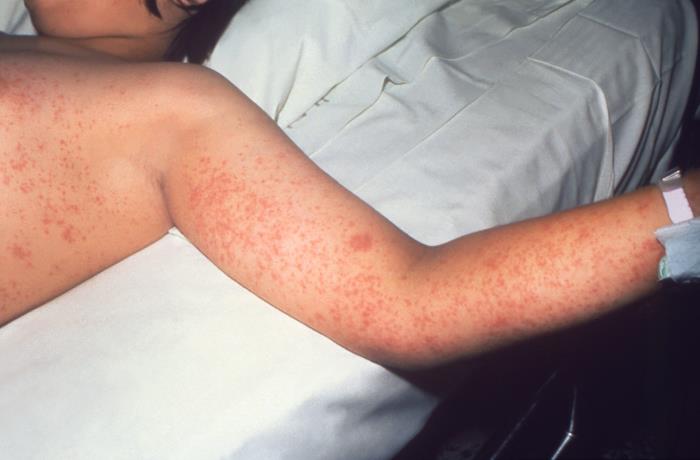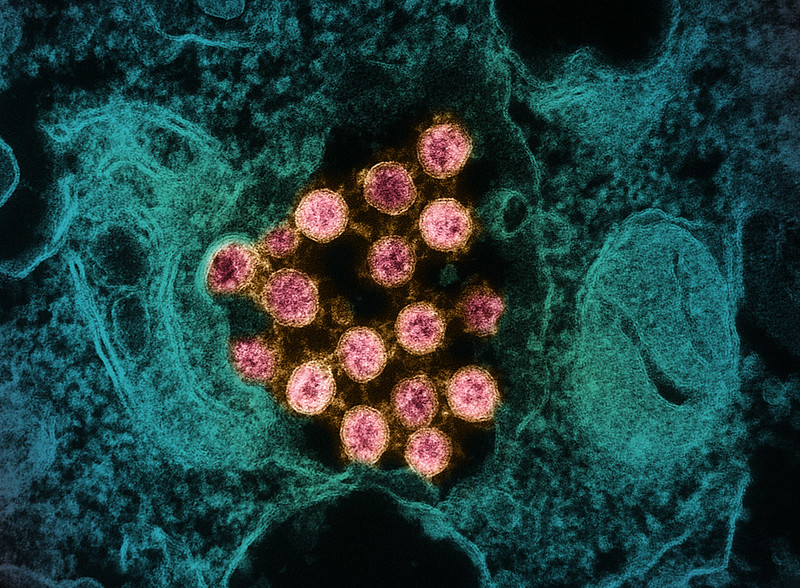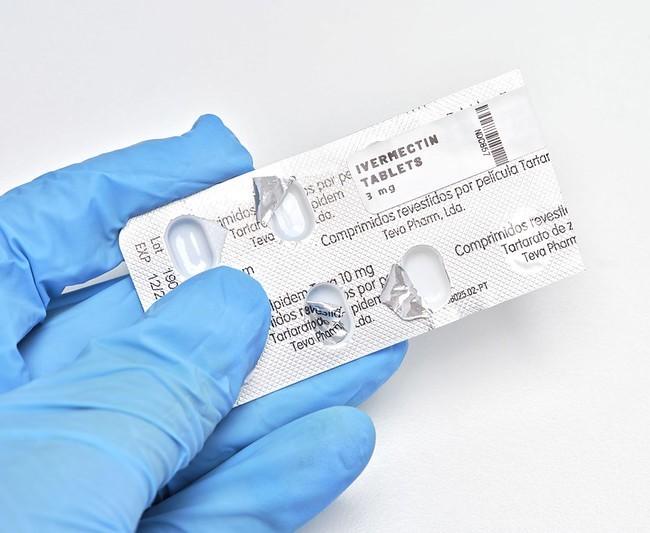
Women vaccinated against COVID-19 in the first half of their menstrual cycle (follicular phase) are more likely to see slight, short-term changes in cycle length than those vaccinated in the second half (luteal phase), concludes a large study published in Obstetrics & Gynecology.
A team led by Oregon Health & Science University (OHSU) parsed data on the effect of COVID-19 vaccination timing during the menstrual cycles of 19,497 women of reproductive age using a birth-control app. Menstrual-cycle outcomes among the vaccinated women were compared with those of an unvaccinated control group. Most participants (80.1%) were younger than 35 years and were from North America (28.6%), Europe (33.5%), or the United Kingdom (31.7%).
In the follicular phase of menstruation, eggs begin to develop in small sacs called follicles, one of which could be released for fertilization during ovulation, while the luteal phase occurs after ovulation.
1-day average difference
Women who received their first or second COVID-19 vaccine dose in the follicular phase noted that their cycle lasted, on average, 1 day longer than before vaccination (first dose, 1.0 day; second dose, 1.1 days). Those vaccinated in the luteal phase and unvaccinated participants saw no change in cycle length (first dose, −0.09 days; second dose, 0.06 days; unvaccinated notional first dose, 0.08 days; second notional dose, 0.17 days).
We hope this work helps validate the public's experiences and ease fears and anxiety around vaccination.
The biological mechanisms for the menstrual changes, which the authors said are not clinically significant for most women, may have to do with the body's immune response to vaccines, lead author Alison Edelman, MD, MPH, of OHSU, said in a university news release.
"Understanding these changes on a population level allows us to more effectively counsel patients about what to expect with a COVID-19 vaccine," she said. "We hope this work helps validate the public's experiences and ease fears and anxiety around vaccination."
















